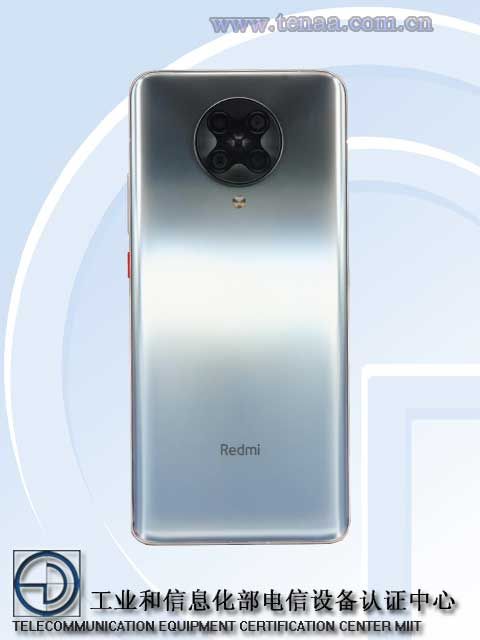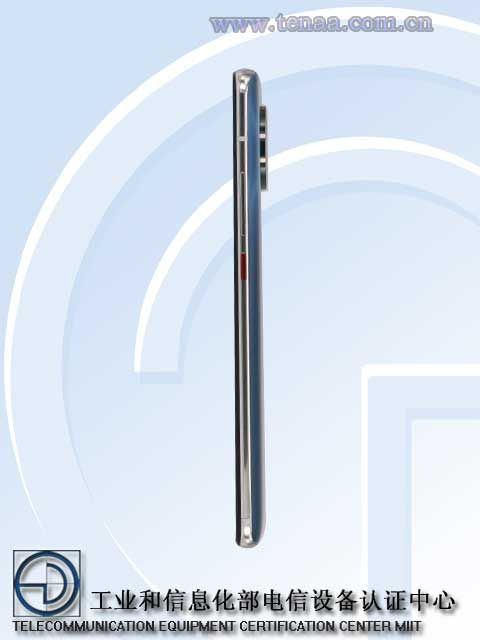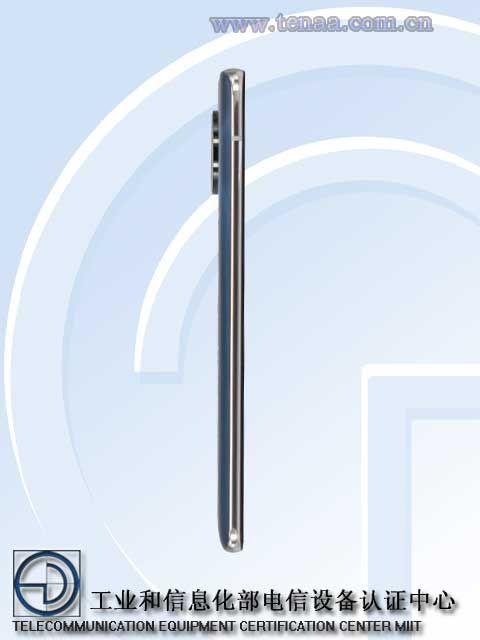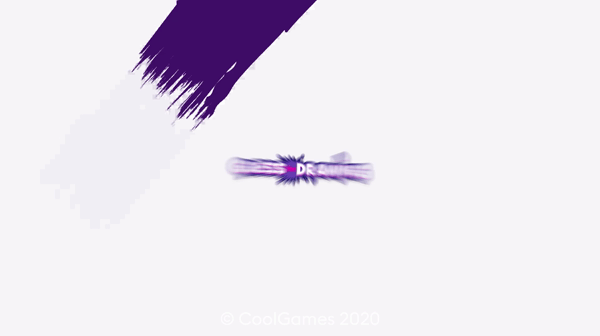Xiaomi, traditionally known for its smartphone, first entered the laptop segment in China all the way back in 2016. Ever since then, I’ve seen countless posts from Xiaomi fans in India either asking the company to launch its laptop lineup in the country or asking their peers if it’s safe to import the laptops from China. Earlier this year in June, Xiaomi finally gave in to all the fan requests and launched the Mi Notebook 14 and Mi Notebook 14 Horizon Edition in India.
The Mi Notebook 14 lineup consists of two models — the entry-level Xiaomi Mi Notebook 14 and the slightly more premium Xiaomi Mi Notebook 14 Horizon Edition. I recently had a chance to experience the top-of-the-line Mi Notebook 14 Horizon Edition and, having used two exceptional Xiaomi notebooks in the past, I instantly jumped on the opportunity. I’ve been using the Intel Core i7-10510U variant of the Mi Notebook 14 Horizon Edition as my daily driver for the last month, and here are my thoughts on the hot new thin-and-light notebook.
Note: Xiaomi India sent us a Mi Notebook 14 Horizon Edition for the purpose of this review. However, the company did not have any input on the content of this review. This review is written after over a month of use.
Mi Notebook 14 Horizon Edition: Specifications
Xiaomi offers the Mi Notebook Horizon Edition in two SKUs. There’s the Intel Core i5-10210U powered base variant and the Intel Core i7-10510U powered top-end variant. As mentioned earlier, I’ve been using the Intel Core i7 variant, and here are its complete specifications:
| Specification | Xiaomi Mi Notebook 14 Horizon Edition |
|---|---|
| Dimensions & Weight |
|
| Display |
|
| Processor |
|
| GPU |
|
| RAM & Storage |
|
| Battery & Charging |
|
| I/O |
|
| Connectivity |
|
| OS |
|
| Other Features |
|
Design and Build Quality
Now that we’ve got the specifications out of the way, let’s take a look at one of the most striking features of the Mi Notebook 14 Horizon Edition — its design. The notebook features a minimal MacBook Pro-like design with a magnesium-aluminum alloy chassis and no visible branding on the outside. It features a healthy selection of I/O ports on either side, a large air intake grille at the bottom, and an exhaust grille on the left edge. The laptop measures just 17.15mm thick and weighs just 1.35kg, making it extremely portable.

The Mi Notebook 14 Horizon Edition features a large center-mounted hinge that, combined with the excellent weight distribution, lets you easily open the notebook with just a single finger. Once you have the notebook open, you’re greeted with an impressive 14-inch display with just 3mm bezels on three sides and a 91% screen-to-body ratio, a compact keyboard with no number pad, and a substantially sized trackpad right underneath it. The minimal branding theme continues on the inside, with the notebook just featuring the Mi logo smack dab in the middle of the bottom bezel and Intel Core i7 branding on the right edge of the palm rest.

For a thin-and-light notebook, the Mi Notebook 14 Horizon Edition offers a decent port selection. The notebook features two USB 3.1 Type-A ports, a USB 2.0 Type-A port, a USB Type-C port, an HDMI 1.4b port, and a 3.5mm headphone/microphone combo jack. Sadly though, the notebook doesn’t include an SD card reader. The USB Type-C port on the notebook can be used for data transfer and charging, however, Xiaomi doesn’t include a Type-C charger in the box. Instead, the notebook utilizes a barrel-style charger with a 65W adapter. This is particularly disappointing because Xiaomi does make a 65W USB PD fast charger for laptops and could’ve included one in the box.

The lack of a built-in webcam is another major disappointment, especially when so many of us have shifted to work-from-home, but Xiaomi does at least include an external webcam in the box that can get the job done in an emergency. However, if you’re someone who cares about not looking like a pixelated mess, then the included webcam will be disappointing.

Regardless, the Mi Notebook 14 Horizon Edition doesn’t fail to impress on the design front. When compared to other thin-and-light notebooks in this price range, Xiaomi’s notebook offers a cleaner and more minimal design, better build quality, a healthy I/O selection, and a great display with slim bezels. Xiaomi hasn’t gone over the top with its branding, and that’s another thing I appreciate about this notebook.
Display
The Mi Notebook 14 Horizon Edition, unlike the regular Mi Notebook 14, features a 14-inch FHD matte display with 3mm bezels on the top and sides and a 91% screen-to-body ratio. Thanks to the slim bezels, Xiaomi has managed to fit the 14-inch display in a chassis that’s the same size as a 13.3-inch notebook. This not only makes the notebook a lot more portable but also gives it a premium appeal. The display has a matte finish to avoid any unnecessary screen glare and improve outdoor visibility, and it has a peak brightness of 250 nits which makes it fairly usable in direct sunlight.

On the downside, the matte finish means that the display doesn’t look as vibrant as its glossy counterparts, and those of you who are planning to use the notebook for any kind of photo or video work won’t find it as appealing as some of the other options out there. Furthermore, the display doesn’t offer the best color accuracy, and there’s a noticeable color shift while you’re looking at it from an angle, making it a poor choice for any kind of content creation. However, the display is more than satisfactory for content consumption and you shouldn’t face any issues with it in day-to-day use.
Keyboard & Trackpad
I’ve been using the Mi Notebook 14 Horizon Edition as my work laptop for the last few weeks, and in that time, I’ve developed a love-hate relationship with the keyboard and trackpad. The notebook features a compact chiclet-style keyboard with 1.3mm key travel and no number pad. Coming from a full-sized mechanical keyboard, typing on the Mi Notebook 14 Horizon Edition felt surprisingly inoffensive. The key travel was decent, the feedback was satisfactory, and the key spacing was good enough for me to get used to typing on the Mi Notebook in just a couple of hours. Similarly, the trackpad was also quite usable, even though it doesn’t include support for Windows Precision drivers. Tracking was responsive, multi-touch gestures worked just fine, and the click action offered good feedback.

However, there are some major downsides to the input devices on the Mi Notebook 14 Horizon Edition which might be deal-breakers for some of you. Since the keyboard is quite compact and I have fairly large hands, I wasn’t able to achieve my usual typing speed on the notebook. With my wrists resting on the palm rest, I faced issues reaching the bottom two rows on the keyboard and, even though I tried for a week, I had to switch back to my keyboard for the remainder of my testing. The keys also felt a bit cheap and the stabilization on the large keys, especially the spacebar, was a bit concerning. On top of that, the lack of backlighting was a deal-breaker for me. Palm rejection on the trackpad was also poor and resulted in the cursor moving almost every time I hit a key near the spacebar.
Do note that since most of the aforementioned issues have a direct correlation with the size of my hands, most users shouldn’t face these problems in day-to-day use.

Audio
The Mi Notebook 14 Horizon Edition packs in two 2W bottom-firing speaker units that sound unimpressive. Tinny would be the best word to describe the audio profile as there’s absolutely no bass whatsoever. On top of that, the speaker placement results in a muffled sound if you don’t place the laptop on a flat surface.

The speakers also don’t get loud enough at max volume, and you’ll have to use a Bluetooth speaker or headphones if you plan to use the notebook as your primary content consumption device. Xiaomi has included DTS audio processing on the notebook for better audio performance but, in my experience, finetuning the audio from the DTS app barely made a difference. Audio performance from the 3.5mm headphone jack was satisfactory, though.
Mi Notebook 14 Horizon Edition: Performance
Now, coming to the meat of the matter, the Mi Notebook 14 Horizon Edition’s performance. As mentioned earlier, my review unit is powered by an Intel Core i7-10510U processor, coupled with an NVIDIA MX350 GPU, 8GB of RAM, and 512GB of M.2 NVMe storage. The notebook performed admirably for my daily use case, which mostly comprises of browsing the web, watching videos, a lot of typing, and a bit of photo editing. Thanks to the NVMe drive, the notebook booted up almost instantly, and everything from opening apps to transferring files felt snappy. If you have a similar use case, then the Mi Notebook 14 Horizon Edition is a great notebook.
However, if you’re planning to do anything more intensive, then you should probably consider other options. This is due to the fact that the Mi Notebook 14 Horizon Edition suffers from some major thermal issues (more on that later) and, as a result, it throttles under load. To give you an idea of how the notebook performs under load, I ran a couple of synthetic benchmarks and tried playing a few eSports titles on the notebook, and here’s what I observed.
Synthetic benchmarks
The Xiaomi Mi Notebook 14 Horizon Edition doesn’t fare well in synthetic benchmarks when compared with other similarly spec’d notebooks. In Geekbench 5, the notebook manages a paltry 946 in the single-core score and 2,994 in the multi-core score. In comparison, the ASUS VivoBook S14, which packs the same processor, manages to eek out a single-core score of 1,296 and a multi-core score of 3,808. In PCMark 10, Xiaomi’s notebook managed a combined score of 4,302, which is comparable to other Intel Core i7-10510U powered notebooks.




In Cinebench R20, the Mi Notebook 14 Horizon Edition managed 875 points, which is significantly lower than the average of 1,468 delivered by the same processor. In 3DMark, the notebook delivered a combined score of 13,350 in the Night Raid benchmark and 11,148 in the Sky Diver benchmark. Since the NVIDIA MX350 is relatively new to the Indian market, I wasn’t able to compare the score with other notebooks featuring the same GPU.
Gaming
Despite Xiaomi’s claims regarding the Mi Notebook 14 Horizon Edition’s gaming performance, I wouldn’t recommend the device to even the most casual of gamers. Based on Xiaomi’s claims during the launch event, I planned on trying a ton of eSports and AAA titles on the notebook. However, after trying out only two eSports titles on the notebook, namely League of Legends and Counter Strike: Global Offensive, I can safely conclude that this notebook is not meant for gaming.

While the notebook managed to deliver promising framerates (around the 100fps mark at 720p) when I first fired up each game, the fps dropped significantly just 15 minutes into the game. The fps drop was a direct result of the laptop thermal throttling, as the notebook got incredibly hot within 15 minutes of getting into a match. The keyboard deck reached an uncomfortable 60 degrees around the center and top left corner, while the CPU temperature crossed 90 degrees. As a result, I had to conclude my gaming test as I didn’t want to damage something internally by continuing the tests for a prolonged duration.
Thermal performance
The Mi Notebook 14 Horizon Edition has a simple thermal solution that is decent for day-to-day productivity tasks. With my daily use case, the notebook stayed cool and the fan stayed silent for the most part. However, as mentioned earlier, the thermal solution isn’t as effective for anything more intensive. While using Photoshop, the fan ramped up immediately and the base felt warm to the touch within a few minutes. I noticed no thermal throttling while working on a single image in Photoshop, but as soon as I opened multiple files each with a couple of layers, the notebook started stuttering.

Mi Notebook 14 Horizon Edition: Battery Life
Powering the Mi Notebook 14 Horizon Edition is a 46Wh battery which includes fast charging support that can charge up the laptop from 0-50% in just 30 minutes. While Xiaomi claims up to 10 hours of battery life on a single charge, in my testing I found the laptop consistently lasted around 7 hours on the battery saver power setting and the screen set at 50% brightness. Even though the notebook’s battery life doesn’t match up to Xiaomi’s claims, 7 hours on a single charge is pretty great for a Windows notebook in this price range. The battery life drops to about 5 hours on the best performance power setting and the brightness set to 100%. All the measurements were taken while using the notebook primarily for web browsing, writing articles, and some light photo editing. Of course, the battery won’t last as long in case you do anything more performance-intensive.
Should you buy the Mi Notebook 14 Horizon Edition?
The Mi Notebook 14 Horizon Edition is a well-designed notebook that offers decent performance for basic productivity tasks and content consumption. Thanks to its exceptional battery life and compact form factor, the notebook can also prove to be a great travel companion. But if you’re planning on doing anything even remotely performance-intensive, then the notebook isn’t for you. Along with that, there are a few other issues that you might want to consider before going ahead with the purchase.
The Mi Notebook 14 Horizon Edition features soldered RAM, so you can’t upgrade past the included 8GB capacity, and Xiaomi doesn’t offer a 16GB variant yet. The keyboard isn’t backlit and might feel a bit cramped for some users. Its audio performance is mediocre, it doesn’t include an SD card reader, and there’s no built-in webcam.
For a starting price of ₹54,999 for the Intel Core i5-10210U and SATA SSD variant, the Mi Notebook 14 Horizon Editions isn’t the best option out there. Xiaomi’s design-first approach does make the notebook a lot more appealing on paper than it actually is and, for those of you who care more about performance than design or aesthetics, the Mi Notebook 14 Horizon Edition is not a great choice.
Buy the Xiaomi Mi Notebook 14 Horizon Edition: Amazon ||| Mi.com
This article contains affiliate links, which will net XDA a small commission if you purchase a product from clicking a link.
The post Xiaomi Mi Notebook 14 Horizon Edition Review: The Hottest New Thin and Light Notebook – Literally appeared first on xda-developers.
from xda-developers https://ift.tt/2DqxrsO
via IFTTT
































